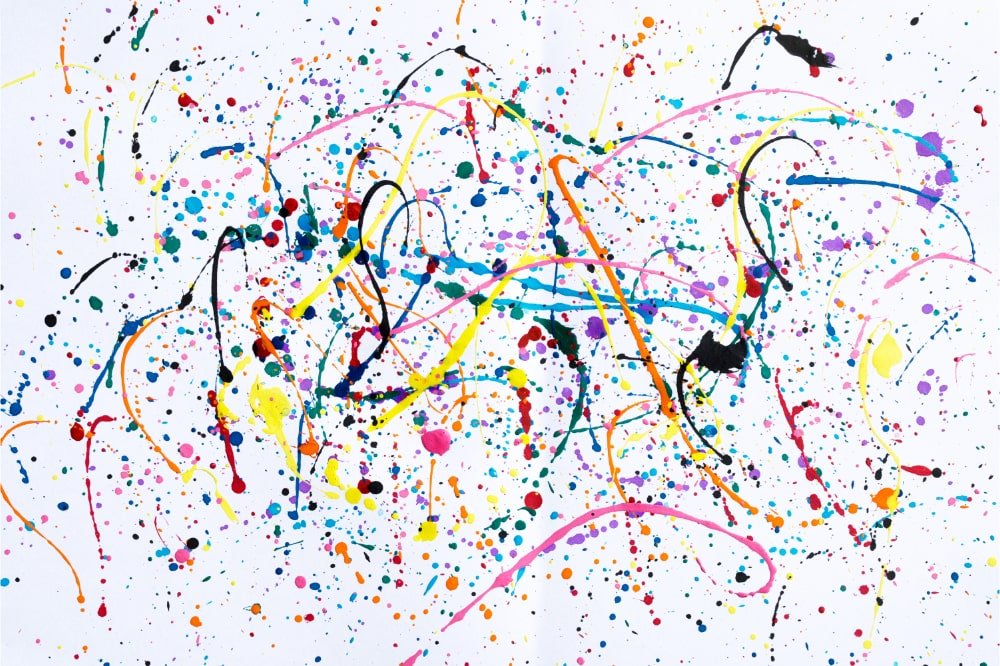The modern ideal of abstraction, as pursued by American artists at the height of modernism, sought a “pure” art—free from representation, narrative, and memory. The goal was to create a disembodied, almost ethereal form of art, focused on the sensitive and the absolute. However, in trying to move away from the world, art ended up finding new ways to touch it.
In painting, René Magritte had already challenged that desire by writing under the image of a pipe: “This is not a pipe.” The image’s deception was laid bare: art is not the thing itself, but its suggestion. That is, it is always a construction, an invention. There is no such thing as a “pure image.” And even in the refusal of meaning, something always escapes—a memory, a connection, a sense of estrangement.
Abstraction: When the absence of meaning reveals even more
In dance, Merce Cunningham, in collaboration with composer John Cage, took this experiment to the extreme. He created choreographies based on chance, using raffles and even the I Ching, all to eliminate any prior intention. The dancers moved across the stage without a center, ignoring the traditional frontal logic of theater. Costumes, music, and lighting were developed separately by artists who only met on opening night. In other words, it was a collision of independent elements.
Even so, the audience—trained to seek meaning—created its own stories from what it saw. Human perception, shaped by habits and associations, doesn’t easily accept silence. It always wants to build a narrative.
In visual arts, names like Jasper Johns also challenged the limits of abstraction and neutrality. His work Flag (1955) displays the American flag without any explanation, just the raw symbol, painted in mixed media. Yet the impact was immediate, and the discomfort and fascination made it clear: there is no image without symbolic weight. The flag, by becoming art, carries the memory of a country—its conflicts, discourses, myths, and tensions. Flag, in trying to say “this is just an image,” ended up saying “this is everything we are.”
In the end, the experiments of Cunningham and Johns did not fail. On the contrary, they revealed that even the most radical attempt at emptiness exposes the seams of language. Art, in trying to escape narrative, ends up finding it again through other cracks—through chance, involuntary association, and collective gestures. Because even when it goes silent, the world speaks through it.



